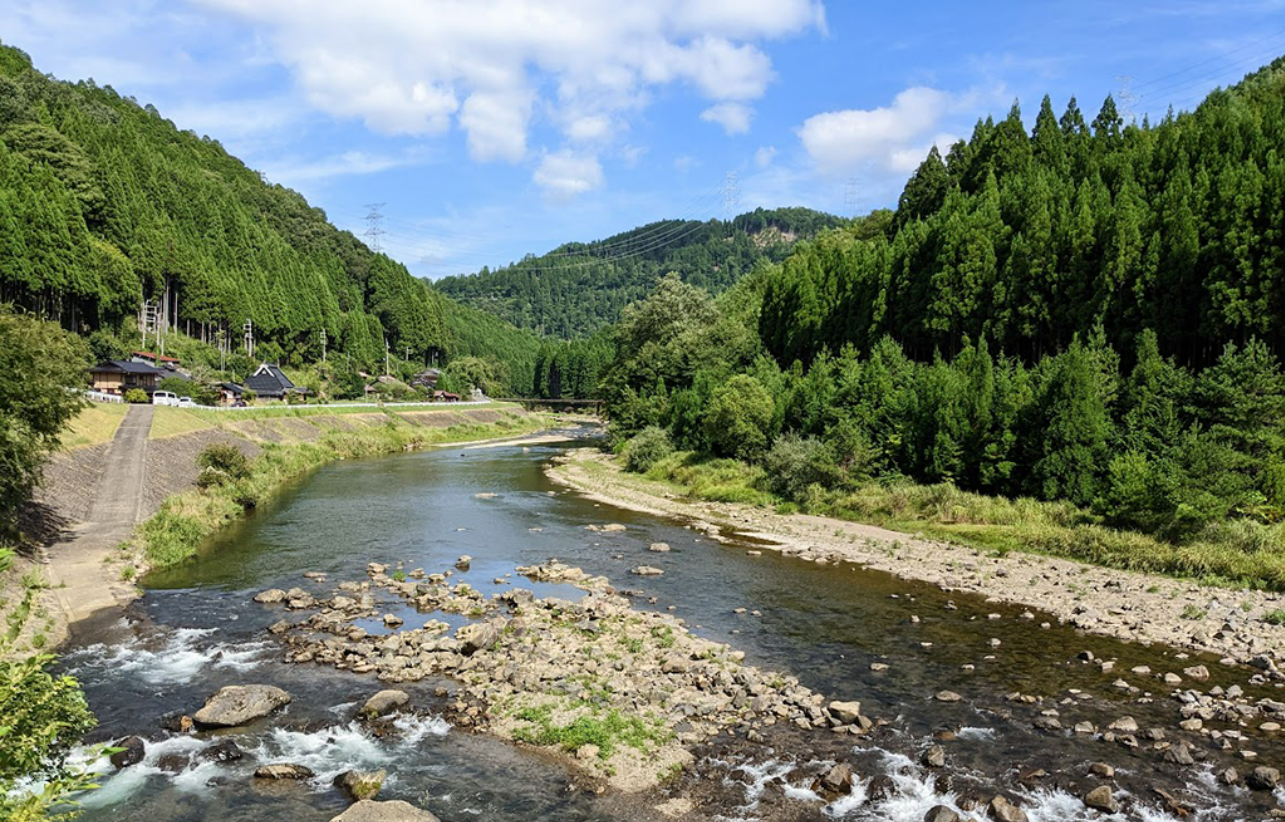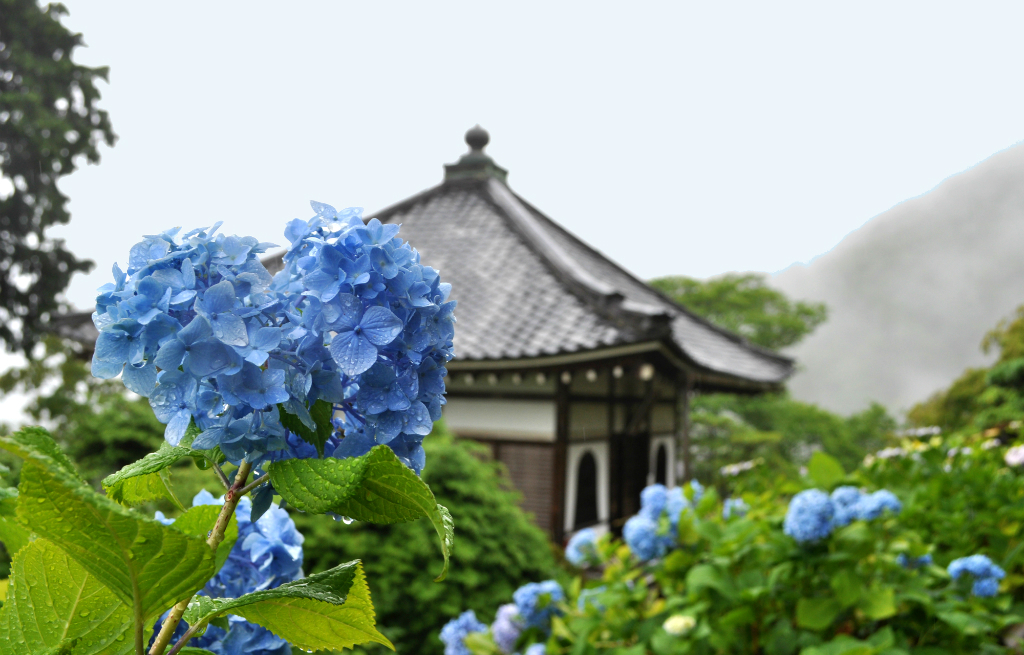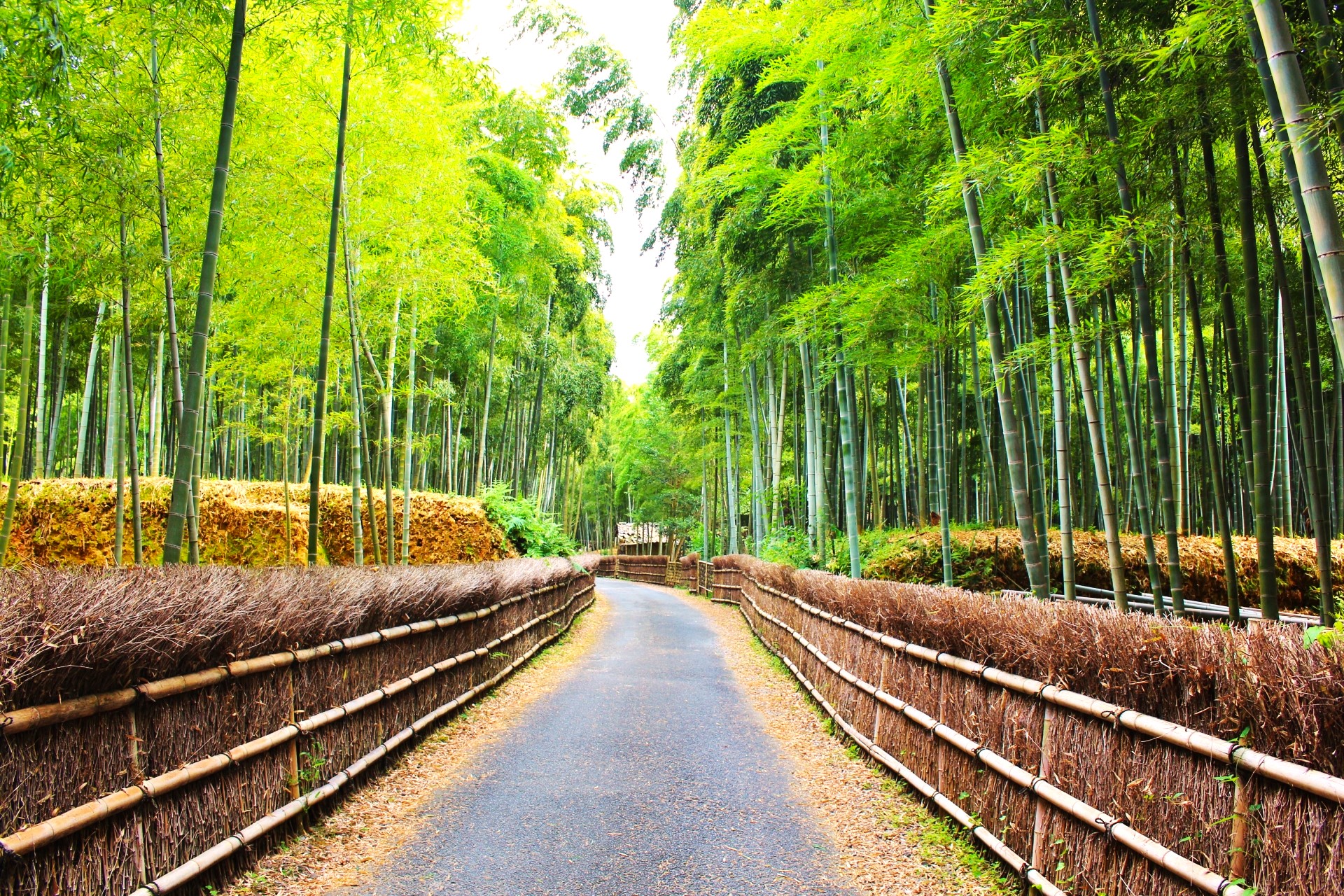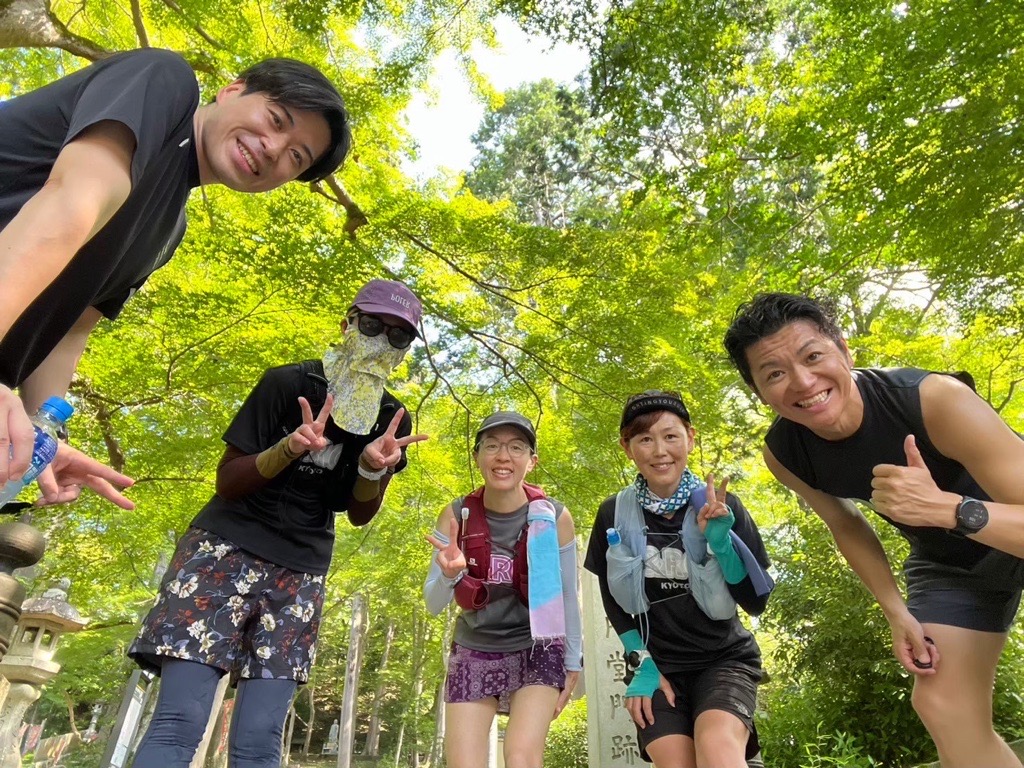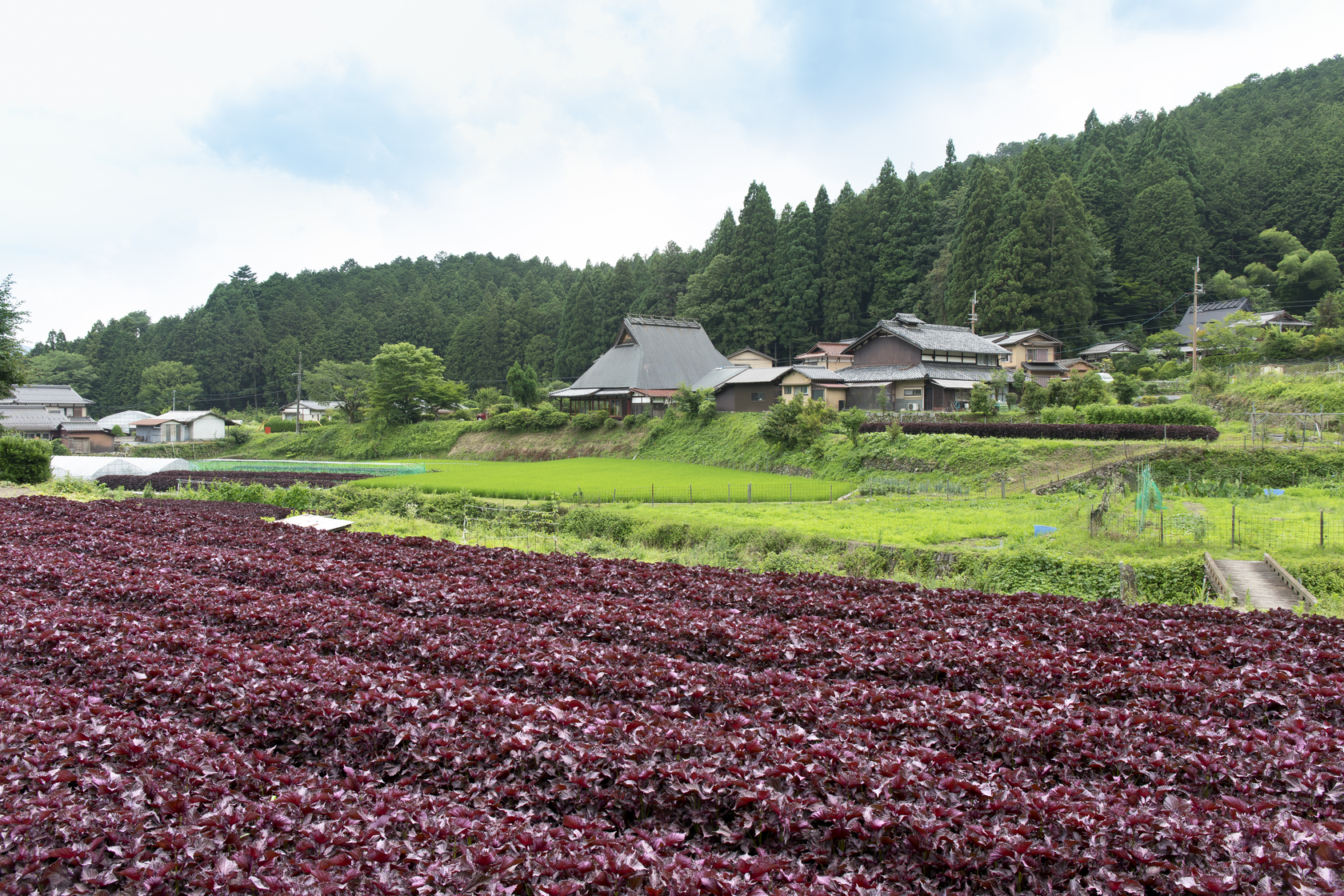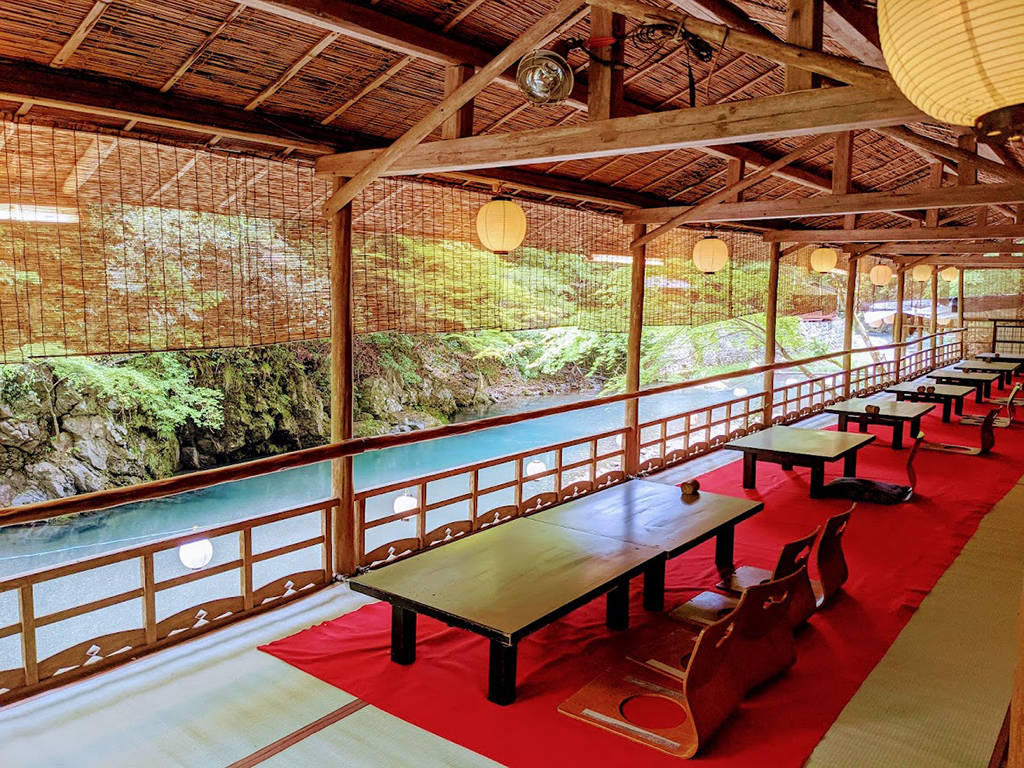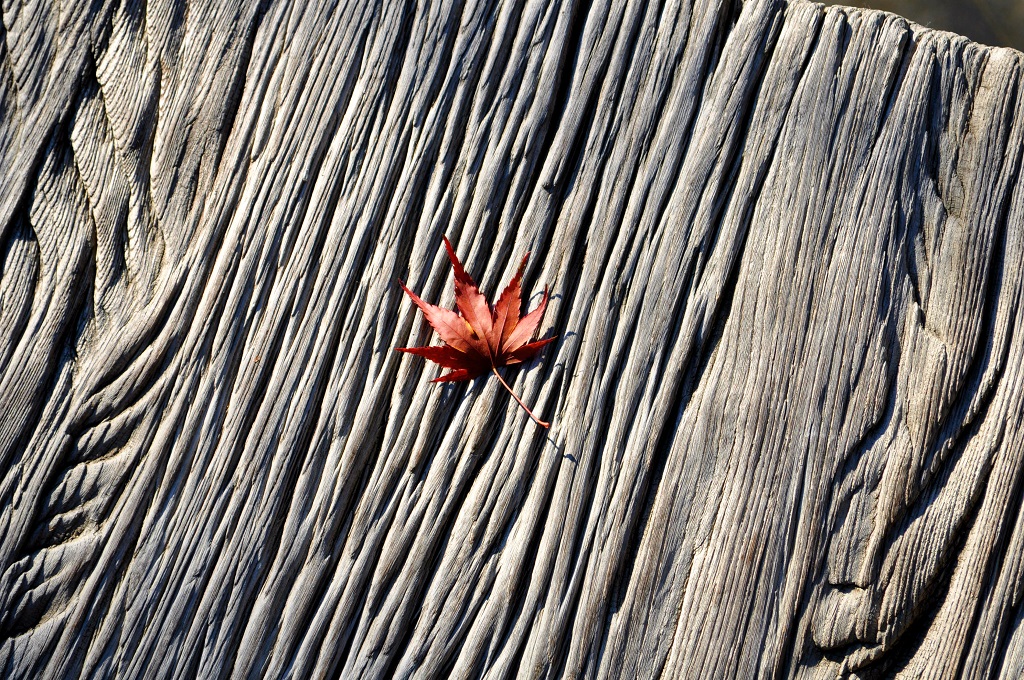
Letters from Hidden Kyoto By Abby Smith
Originally from California, I came to work in Japan in 2013. A lover of languages and shady spots along the Kamo Riverbank, I have been living in Kyoto since 2016. To this day, this thousand year-old city continues to surprise me–there’s always something new to discover hiding in plain sight.
I visited Takao, the mountainous area northwest of central Kyoto, to see not only its great outdoors (the area is very popular with hikers), but its history. I visited Jingo-ji and Saimyo-ji Temples, whose remarkable history connects them to the development of Buddhism and tea in Japan, and Japan’s “first manga.”
Let’s get out of the city center for a little while.
If you come to Kyoto, and you hear nature calling your name, it may be time to head to Takao. Takao is a mountainous area to the northwest of central Kyoto, popular amongst hikers for its wooded trails. The nearby Mount Atago is the tallest mountain in Kyoto. The Kiyotaki River winds through the forest here, home to the Japanese giant salamander, which can grow to lengths of up to 1.5 meters (close to five feet). The species has remained largely unchanged for the past 30 million years, and certainly looks prehistoric. There’s no guarantee you’ll encounter one here…but watch your step!
Takao is also the location of what is often referred to as “Japan’s first manga”–playful ink scrolls of frolicking rabbits and large frogs–probably an appropriate motif for a region home to the world’s second largest salamander. Above the Kiyotaki River, the hillsides are thick with trees. It’s a perfect location to try experiencing so-called “forest bathing” (shinrinyoku): the practice of taking in nature with a stroll among the trees. “Forest bathing” has become popular recently, and is thought to have largely psychological health benefits.
Let’s take a walk in the woods.
History Tucked Away in the Woods
Takao is home to several ancient temples, but while they may seem hidden away here in the forest, each has surprisingly important connections to Japanese history, and particularly to the development of Buddhism in Japan. The monks who once lived in the woods here traveled overseas to China and brought back with them new culture and ideas, religious and otherwise: Takao is said to be the location of the first tea plants cultivated in Japan.
Nowadays, Takao’s temples are also very popular with day-trippers from Kyoto, who come to see their vibrant maple trees in the fall. I’ve made my visit at the end of the season, when the trees have turned a rusty color, still glowing in the afternoon light.
Not far from the bus stop where I get off are three hundred and fifty stone steps that lead up the mountainside, lit with the dappled light of the trees.
It’s going to be a bit of a hike.
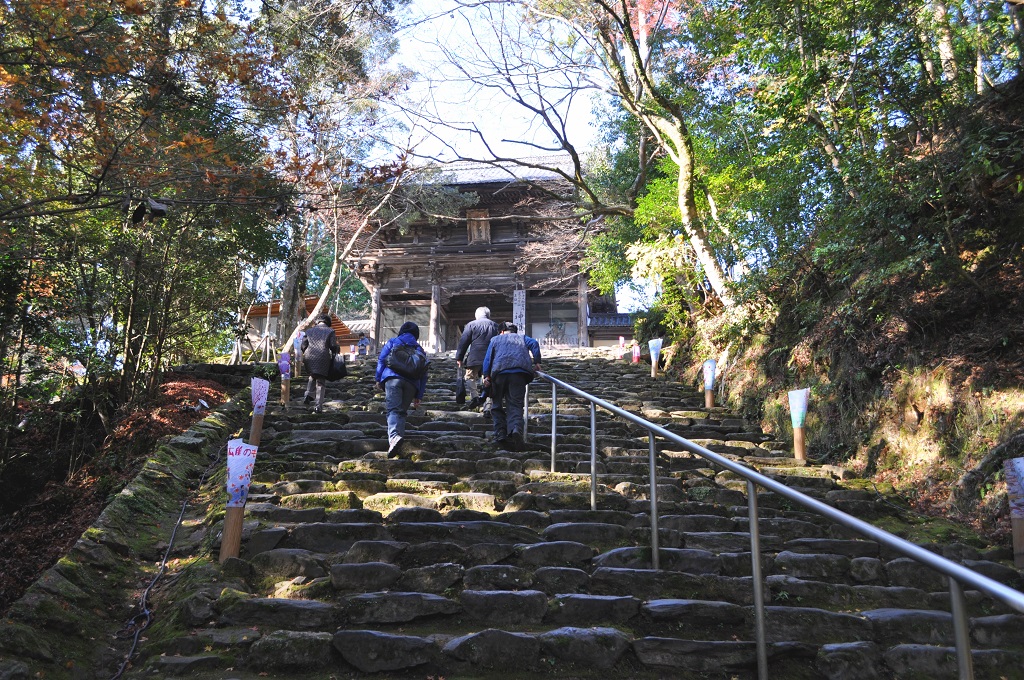
Along the path, there are even a few noodle shops, where customers sit on stools amongst the trees with their steaming bowls of udon. Just beyond, at the top of the steps stands the Sanmon Gate of Jingo-ji Temple.
Walking in the footsteps of historical figures
When you pass through the gate here, you’re entering into ancient ground. Jingo-ji was founded in the year 824, and is home to an impressive seventeen national treasures. You may be a bit out of breath by the time you reach the center of the temple complex, but it’s a humbling experience to think that this temple was visited by some of the most important figures in Japan’s Buddhist history. The influential monk Kukai, who spent years in China studying Buddhism, and returned to Japan to found the Shingon sect to which Jingo-ji adheres, lived in this very temple complex for 14 years. One of the temple’s treasures is a scroll of his calligraphy, which is put on special exhibition to the public just once a year in May. Walking under the shade of the temple’s graceful eaves, where a tree is ablaze at each corner, one has to wonder if autumn in Takao was special in Kukai’s time as well.
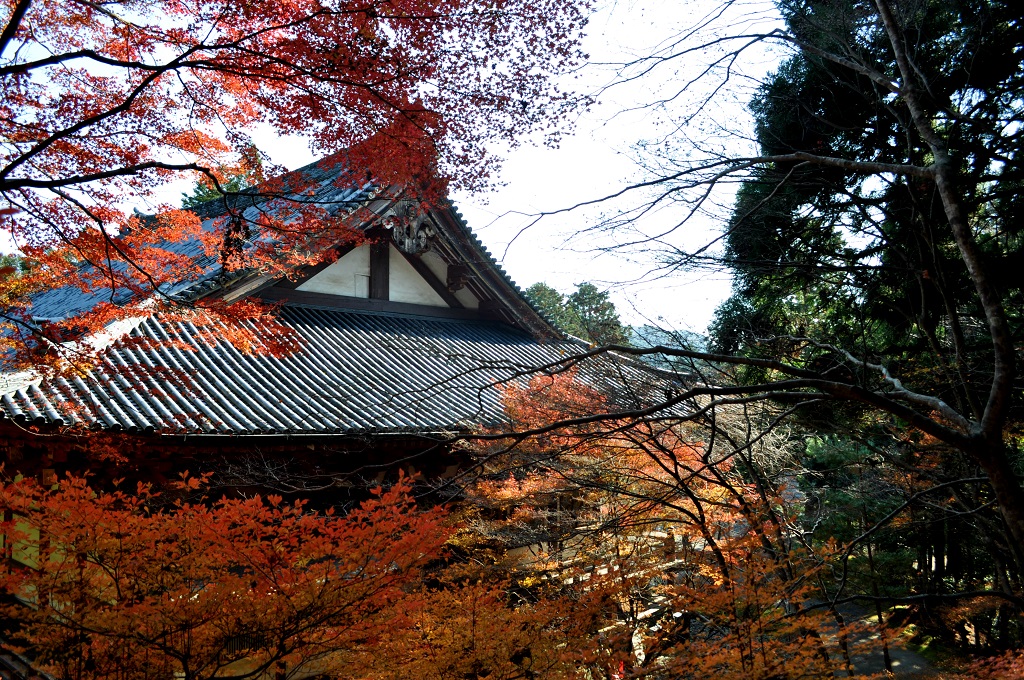
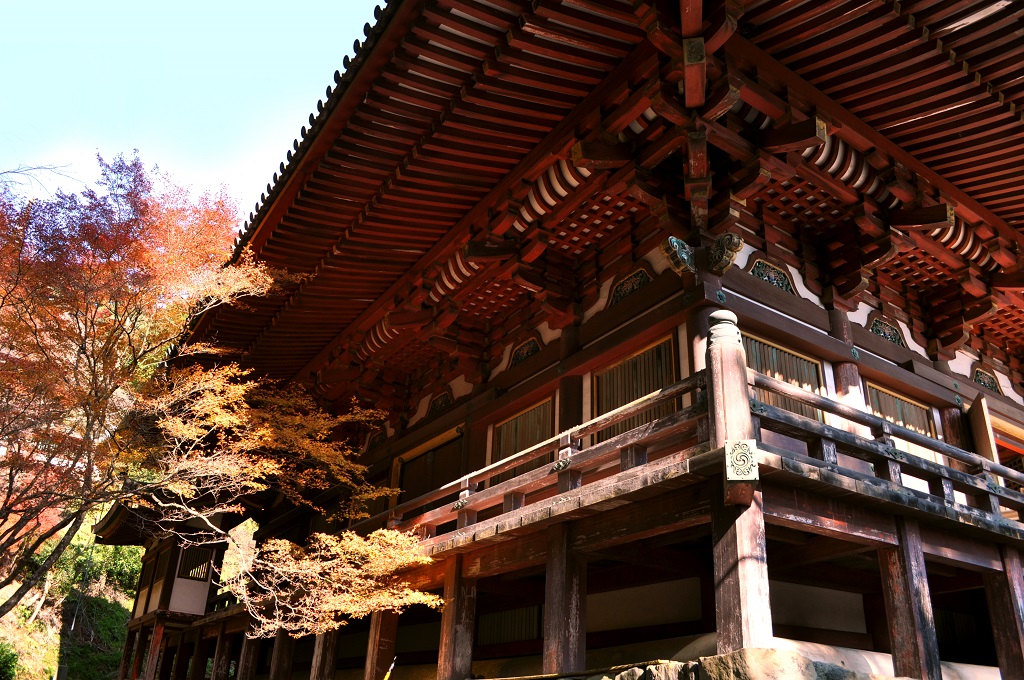
With a stroll through the temple complex, I get my reward for climbing so many steps at its far end: the trees open to reveal the entire valley, with the Kiyotaki River visible just below, slicing through the calico of maples and evergreens.
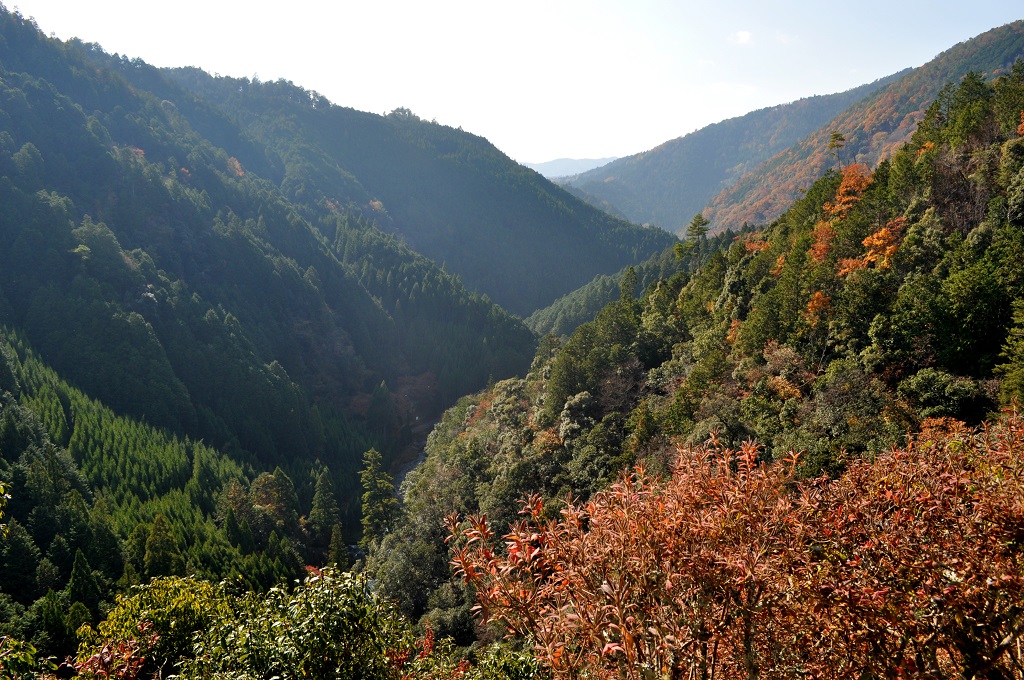
Try your luck with kawarake
This spot is not only a beautiful lookout. It’s also the site of one of Jingo-ji Temple’s more unique traditions, that dates to the Edo Period (1603-1868). Just beside the lookout is a small stand selling tiny, lightweight earthenware plates, or kawarake. These, however, are no souvenirs to take home with you. If you watch some of the temple’s other visitors, you may get an idea… one after another, people take their kawarake to the edge of the lookout, and fling them, frisbee-like, as far into the valley below as they can. With each kawarake tossed, the belief is, you’re flinging away misfortune as well.
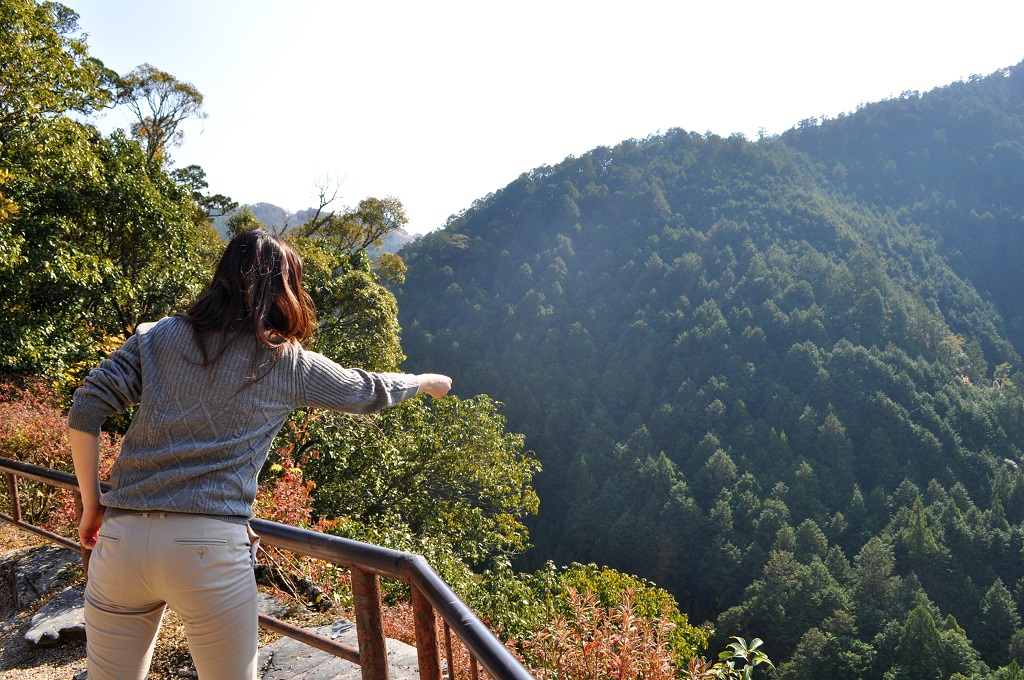
From May 1st to the 5th, the temple’s National Treasures, including Kukai’s script, a wooden statue of the Buddha, and an exquisite portrait said to be of 10th century shogun Minamoto no Yoritomo, will be put on display for just five days. Another special opening is held annually from May 13th to 15th, and again for three days in October, this time of Jingo-ji Temple’s pagoda and Buddhist statuary.
Back down the hill, to another Takao gem
Once you’ve descended all 350 of those stone steps into the valley again, you’ll soon reach another famous Takao sight: the bright scarlet of the Shigetsukyo Bridge. This bridge leads to Jingo-ji’s neighbor, Saimyo-ji Temple.
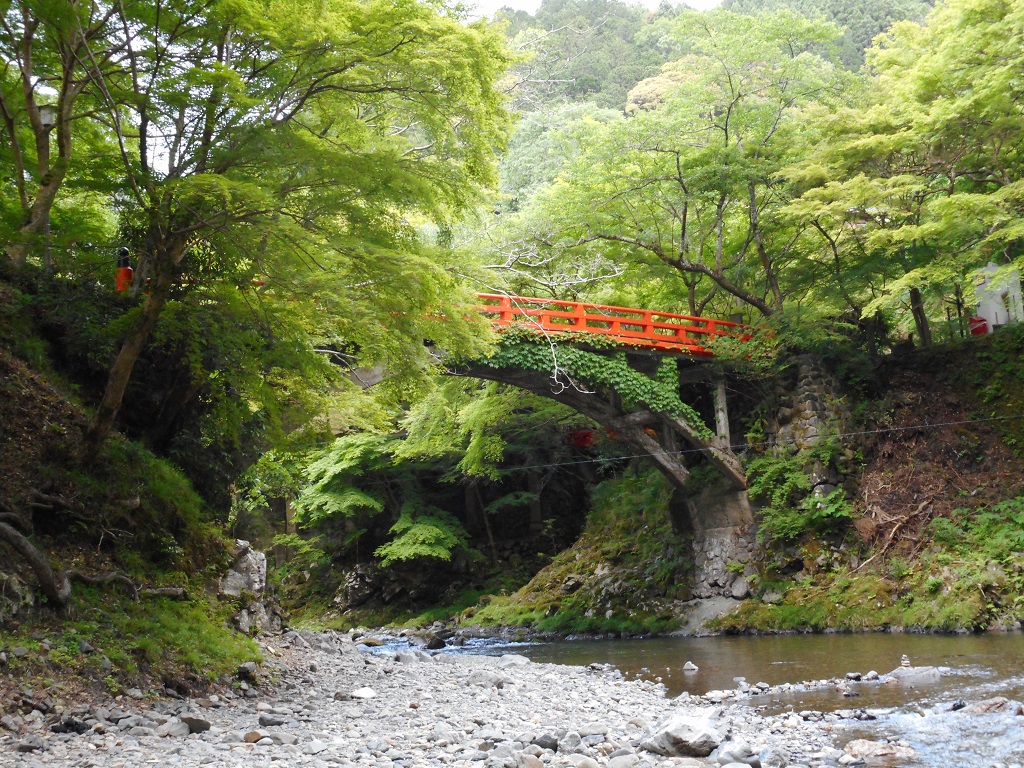
This smaller temple was originally built in the Tencho Era (824-834) by one of Kukai’s disciples, Chisen, as a sub-temple of Jingo-ji. The word sanctuary applies quite well to the temple grounds of Saimyo-ji, which are sheltered by the surrounding trees. Above all, the temple is quiet and peaceful.
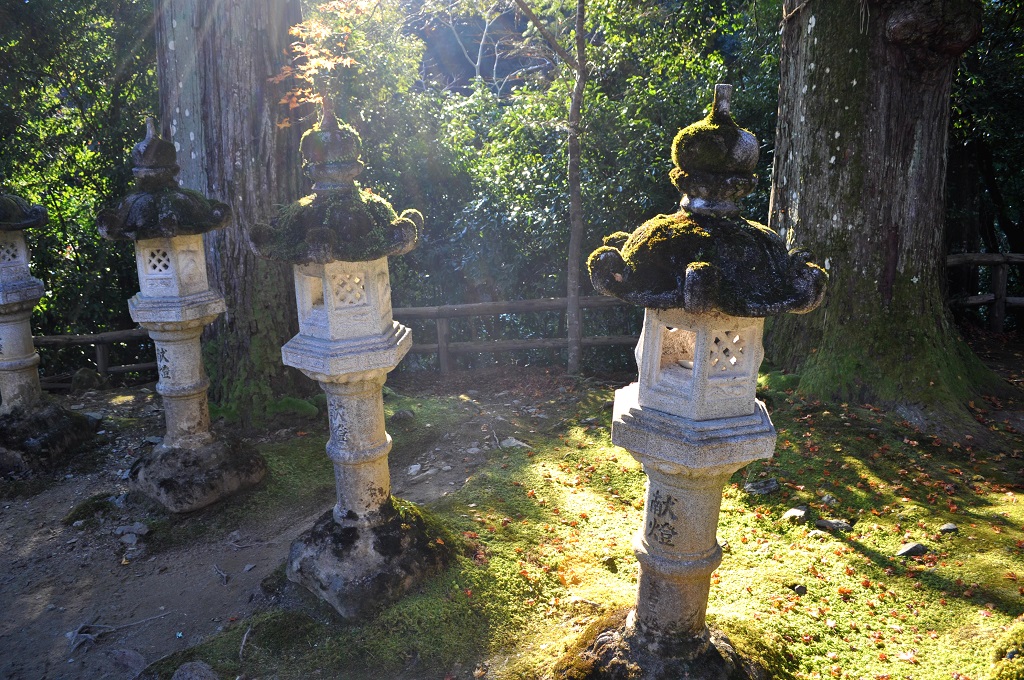
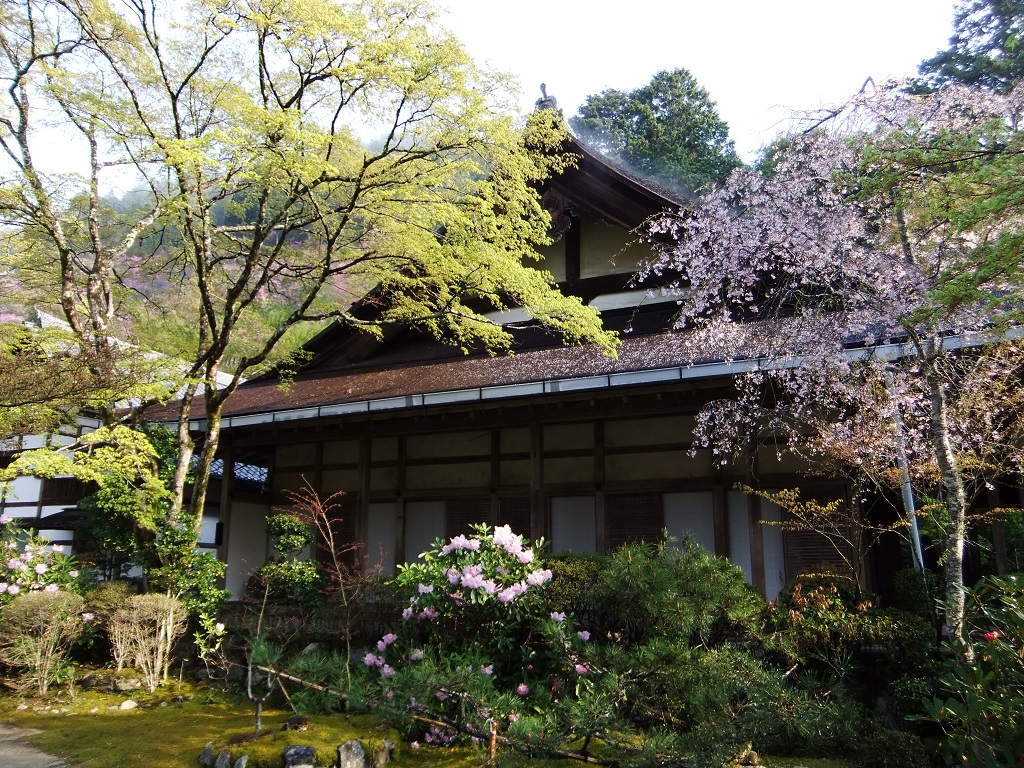
In the temple’s main hall, a remarkable display of statuary is viewable at quiet a close distance, including the temple’s primary image, a wooden image of the Buddha, carved by the famous Kamakura Period (1185-1333) sculptor Unkei. Beside it stand the more exotic figures of the bodhisattva Kannon with one thousand arms, and the fierce red-faced Aizen Myo’o (whose name literally means “love-dyed”), fists clenched to contain his passion.

Though Saimyo-ji Temple is a lovely place to sit and relax in any season, you can break the stillness, if you’d like, for about 100 yen. In an unusual opportunity for temple-goers, at Saimyo-ji, visitors can ring the temple bell themselves, and send out a toll across the mountainside.
Just beyond Saimyo-ji waits the head of a hiking trail that will take you along the Kiyotaki River valley, and into the forests of northwestern Kyoto. You don’t need to be a serious hiker to come and experience the Takao area, though. You can feel the difference in the air just sitting here under the trees on this historical mountainside.
